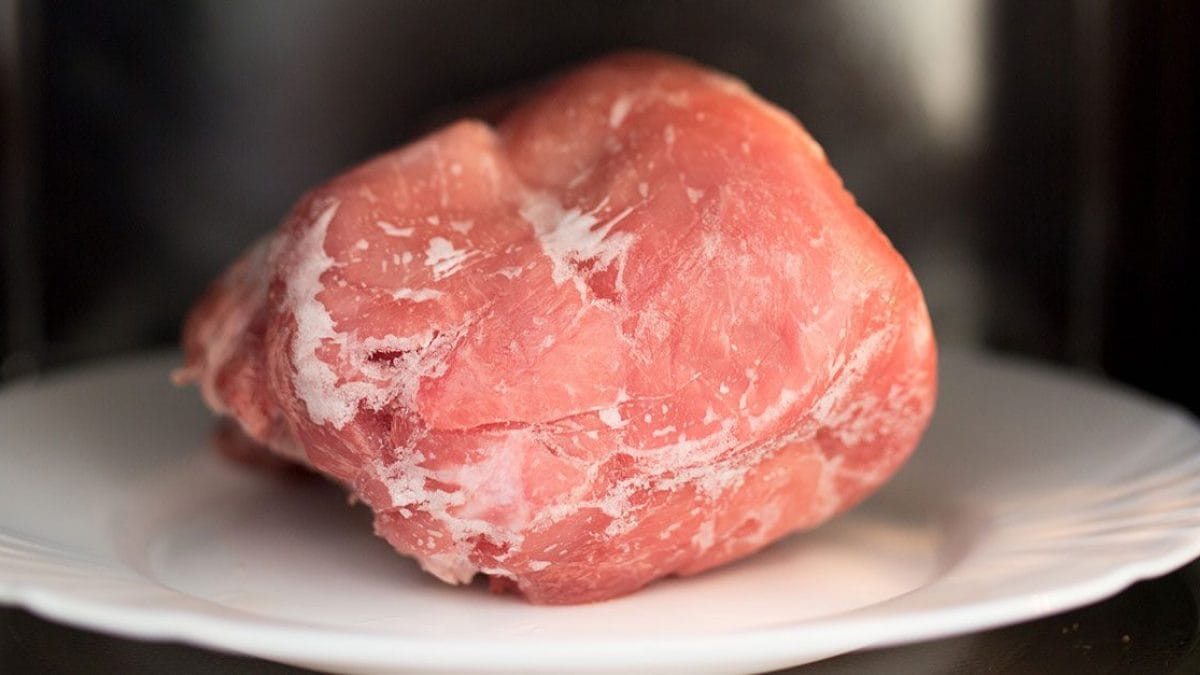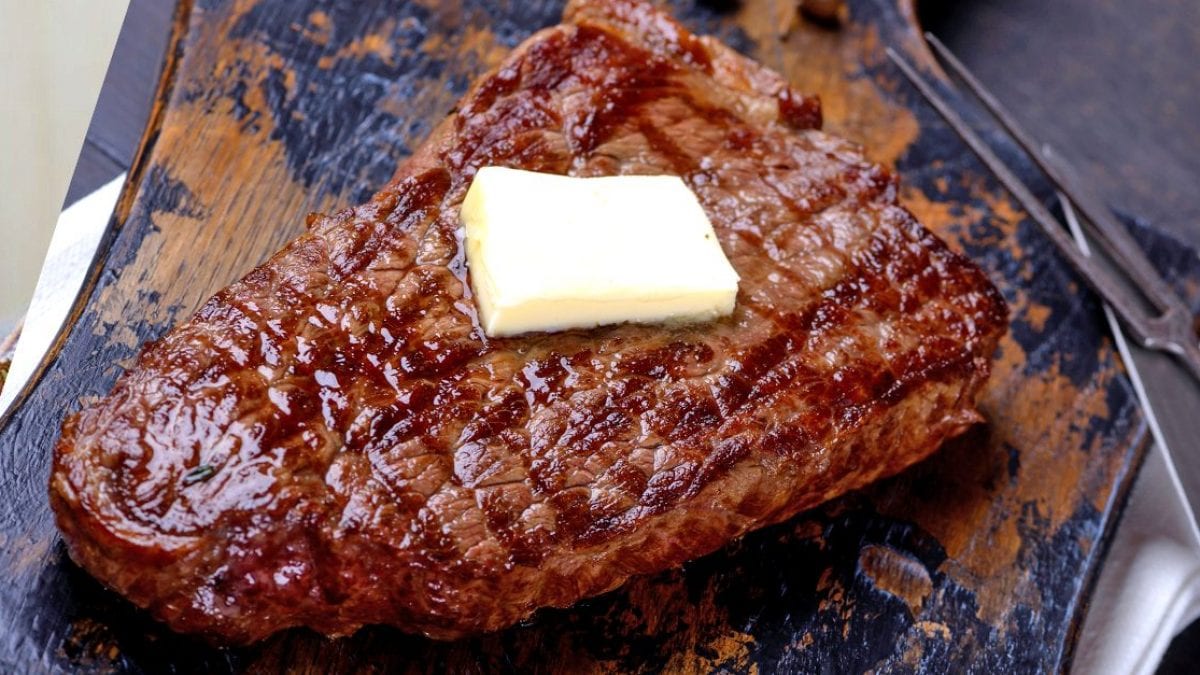Why You Should Never Skip Resting Time After Cooking Meat
Resting meat after cooking is crucial for optimal flavor and texture. It allows juices to redistribute, making the meat juicier and more tender. Skipping this step causes juices to leak, resulting in dry, tough meat. Rest times vary by size and type: steaks need 5-10 minutes, roasts 15-20, and whole birds 20-30. Covering meat can keep it warm but may soften the crust, so it's best to rest uncovered for crispy finishes.

When you've taken the time to cook a perfect cut of meat, it's tempting to serve it hot off the grill or out of the oven. However, rushing to the table can lead to a less than stellar dining experience. Resting your meat after cooking is a crucial step that many overlook, yet it holds the secret to unlocking the juiciest, most flavorful meal. This often skipped step is simple but transformative, ensuring that all your effort in the kitchen leads to the best possible results on the plate.
Why Resting Meat is Essential
Resting meat after cooking allows the juices within the meat to redistribute throughout the cut. When meat is heated during cooking, the muscle fibers and proteins contract, pushing the moisture toward the center of the cut. Removing the meat from the heat and allowing it to rest lets these fibers relax and reabsorb the juices that have been driven out. This process not only enhances the flavor but also ensures that the meat is tender, juicy, and enjoyable to eat. If served immediately after cooking, the meat might taste dry and tough since most of the internal juices would end up on the plate, not in the meat.

The Consequences of Skipping Rest Time
If you cut into a piece of meat immediately after it's removed from the heat, you will likely see a significant amount of juice running out. This is because the high internal pressure from the heat hasn't had a chance to normalize, causingthe juices to leak out rapidly. As a result, the meat becomes drier and less flavorful. The texture might also suffer, becoming tougher and less appealing. Skipping the resting phase can detract from the quality of your meal, making your efforts in the kitchen less rewarding.

Recommended Resting Times and Techniques
The amount of rest time depends on the size and type of meat, as well as the cooking method used. Here’s a general guideline:
- For individual steaks or chops, a rest time of 5 to 10 minutes is usually sufficient. These smaller cuts do not require lengthy rest periods.
- Larger cuts like roasts should rest for 15 to 20 minutes. The larger mass means they retain heat longer, allowing more time for juices to redistribute.
- A whole chicken or turkey should rest for 20 to 30 minutes.
Different cooking techniques might slightly alter these times, but these guidelines provide a good starting point.

Should Meat Rest Covered or Uncovered?
Whether to cover the meat while it rests depends largely on your desired outcome. Covering meat with foil can keep it warmer during the rest period but may also result in a slight steaming effect. For crispy-skinned poultry or seared steaks where a crust is desired, it's better to rest the meat uncovered; this ensures the surface remains dry and crisp. However, for most roasts and larger cuts, loosely covering with foil helps retain heat without sacrificing texture.




